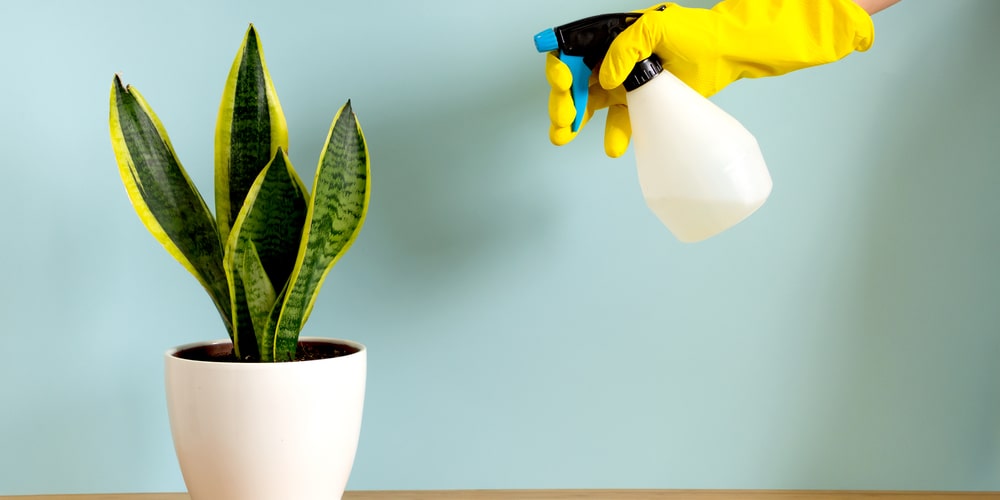Beautiful, forgiving, and air purifying – snake plant or mother-in-law’s tongue (Sansevieria trifasciata) is the perfect houseplant for beginners and experts alike. Some snake plant varieties can grow quite large, making them ideal for filling empty corners in your home. Not a fan of its tall and slender shape? No problem – there are dwarf varieties that only grow to be a few inches tall.
Sansevieria is a succulent, meaning it stores water in its leaves. This makes it very tolerant of periods of neglect – perfect for busy people or those who often forget to water their plants. It’s also one of the few houseplants that can tolerate low light conditions, making it ideal for rooms with little natural light.
The easygoing nature of snake plants is one of the many reasons why these plants are often given as gifts. But what if you’re the one receiving the snake plant? And what if you already have one at home? Can you plant two snake plants together?
Can You Plant Two Snake Plants Together?

Yes, you can plant two snake plants together – and in fact, it’s often recommended. This is because snake plants are very tolerant of other plants and won’t mind if their roots are slightly crowded.
In fact, planting multiple snake plants together can help to make these already low-maintenance plants even easier to care for.
Many opt to combine two different varieties of snake plants – variegated and non-variegated, for example – to create an interesting and visually striking look. Feel free to get creative and experiment with different combinations to find what you like best.
If you’re not sure where to start, we recommend pairing a tall snake plant variety with a shorter dwarf variety. This will create a pleasing sense of balance in your planting. Others simply choose to plant multiple snake plants of the same variety together for a more uniform look. Either way, you really can’t go wrong.
Things to Remember When Combining Snake Plants
While there are no hard rules on what to do and what not to do, there are a few guidelines to help you get the best results when planting multiple snake plants together.
First and foremost, the type of soil you use matters. A high-quality succulent potting mix will give your plants the nutrients they need to thrive. Snake plants are succulents and therefore require well-draining soil.
Additionally, it’s a common misconception to get a large pot or container when planting multiple snake plants together. While we do want a pot that’s large enough to hold all of our plants, we don’t want one that’s too large. A larger pot means it’ll be able to hold more water – and more water sitting in the pot is the last thing you want when it comes to growing succulents.
When it comes to watering, less is more. Allow the soil to dry out completely before giving your plants a good soak. Remember, snake plants aren’t afraid of a little neglect.
If you’re unsure whether or not your plants need water, stick your finger and feel the soil. If soil sticks to your finger, it’s still moist. You can skip watering until the soil is dry.
Once in the pot, ensure your plants are in the center – you don’t want any plants to be pushed too close to the edge of the pot, as this can cause them to topple over.
Finally, give your plants time to adjust to their new home before moving them around too much. Ideally, keep your combined snake plants away from direct sunlight. Too much light may cause stress, leading to numerous problems such as leaf drop, wilting, and stunted growth.
Final Thoughts
Now that you know it’s possible to plant two snake plants together, the sky’s the limit. Get creative and experiment with different soil types, pot sizes, and plant varieties to find what works best for you. Just remember to use a high-quality potting mix, and prevent stress by keeping your plants out of direct sunlight and water only when the soil is dry.
